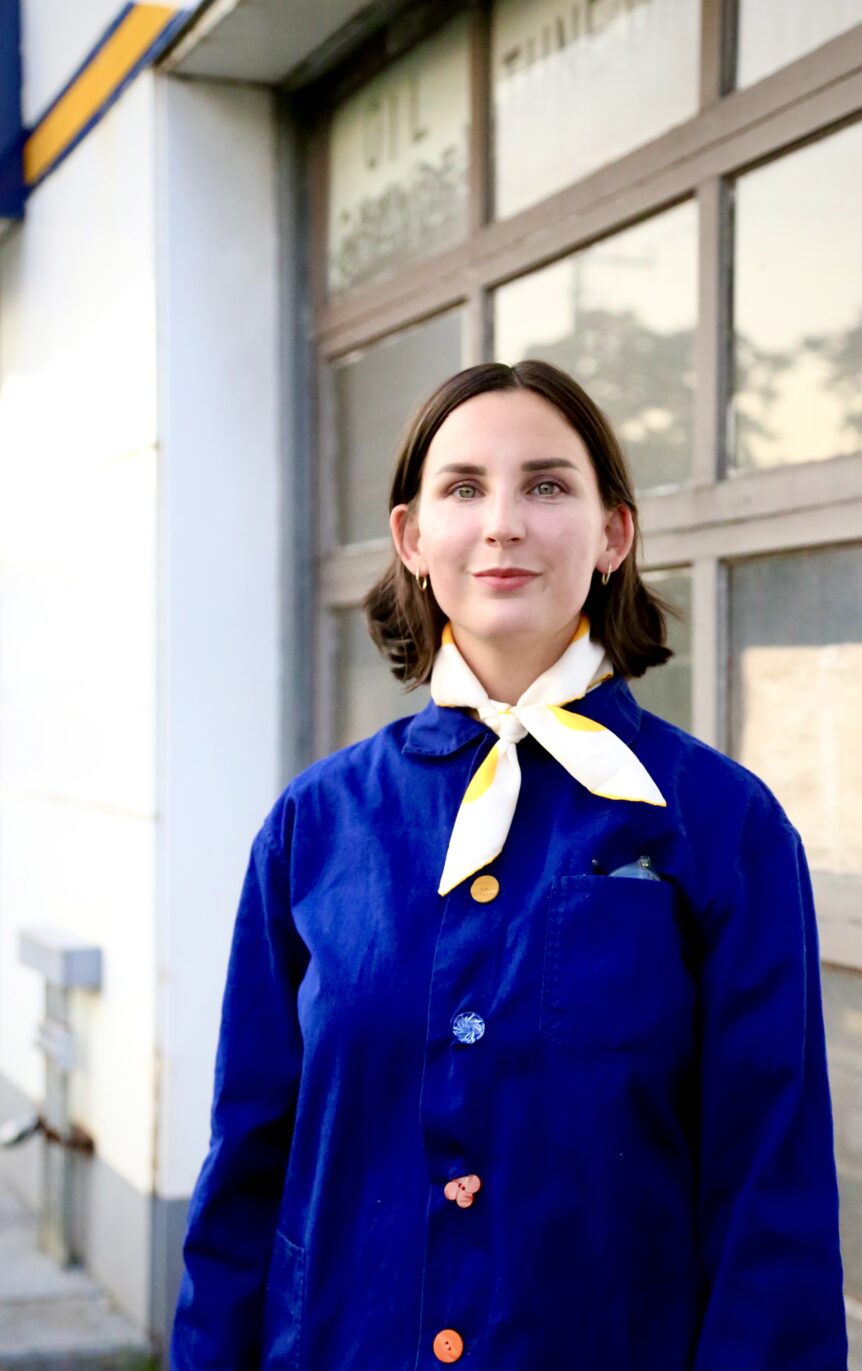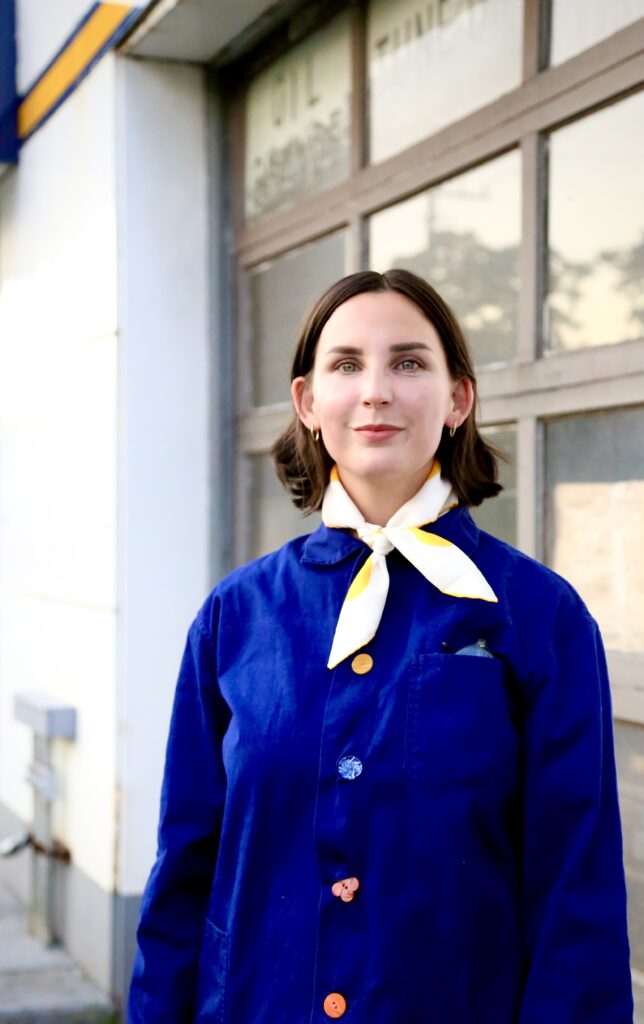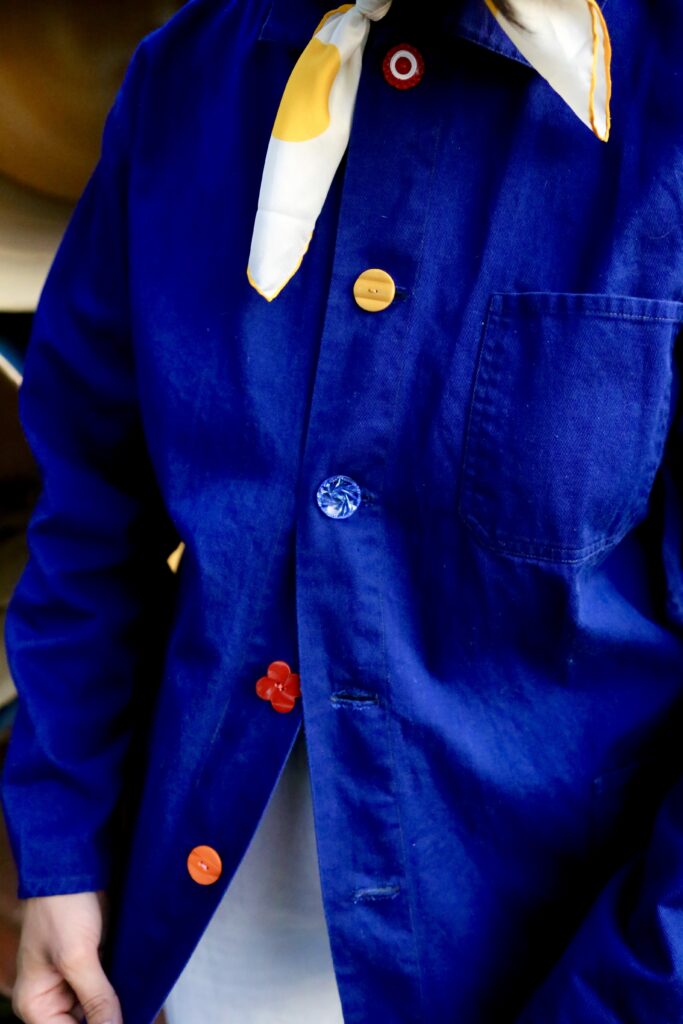The Magazine ANTIQUES has a column for “Objects” and one for “Jewelry,” but we don’t have a column centered around flea markets—those fleeting fairs where many a hidden treasure is discovered. That changes here. Each issue I will offer a little snippet (a “bite”) of history uncovered at a flea market, antiques shop, or other arena where unearthed gems get a new setting. This time it’s a piece of fashion history—something close to my heart.
I often think back on an interview between fashion editor Marilyn Kirschner and the late Bill Cunningham for lookonline.com, wherein Cunningham described getting dressed each day as a style-defining act. Fashion, he said, is “very personal; it’s the thing you do. You get up in the morning and you get dressed. That reflects, no matter what you have on—good or bad, it reflects your feeling of yourself.”
Bill Cunningham worked for the New York Times for nearly four decades, documenting street style and writing about ever-changing fashion trends based on what he saw, all while adhering to a nearly constant ensemble consisting of a bleu de travail jacket, khaki pants, and black shoes. The story goes that Cunningham was in Paris to attend Haute Couture Week when he popped into a hardware store and spotted bleus de travail for sale. The jacket’s plentiful pockets sold him on their capacity to hold rolls of film. The rest is history. The bleu de travail, or what some call “The Bill,” is a quintessential uniform of French workwear. The chore jacket, oftentimes worn with matching trousers, entered the marketplace in the mid-1800s and was popularized by France’s working class. Bleu de travail means “work blue,” a translation that later contributed to the development of the term “blue collar” to describe manual jobs and laborers. It’s believed that in 1844 Adolphe Lafont created the first standardized example, an unlined cotton moleskin jacket with a rounded collar and no lapels. Lafont’s design had four or five front buttons and a variety of pockets, all topstitched together for easy production at a low cost. Lafont’s design was copied by manufacturers across Europe with little variation—a style unchanged today when looking at modern remakes sporting designer and utilitarian labels.
How did I find my bleu de travail? Over the summer I traveled to Northern California, making a pitstop in the Sonoma County city of Petaluma. Inside a shop named Summer Cottage Antiques, I spotted a folded stack of bleus de travail in subtly different blue hues. Unfortunately, for the mannequin guarding the pile, her jacket came home with me. What can I say? It was the right color, size, and ply.
My styling tips include adding funky buttons for flair. I purchased colorful and contrasting glass, plastic, and wood buttons from an antiques mall, and think they look like an assortment of bonbons. Add a silk scarf for even more French flavor, and, if you’re handy with a needle and thread, embroider your name or a design on the breast pocket, which traditionally held a notebook, tool, or tobacco, for a personalized look. And, the best part: the jacket, the scarf, and the buttons are likely to be found at a flea near you.



